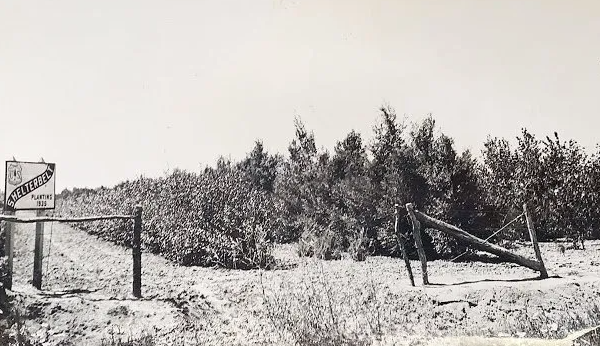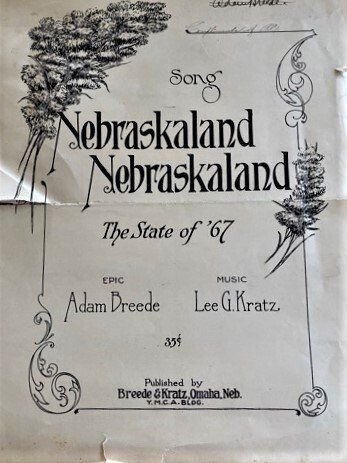Antelope County's First Shelterbelt
Shelterbelts Saved the County
As settlers adventured out West seeking land and profit, they soon discovered their new homes were often victims to broken sod, droughts, and dust storms. To protect the citizen's land from erosion the U.S. passed various acts, such as the Timber Culture Act of 1873 and the Clark-McNary Act of 1924, to encourage people to plant trees. In 1935, the Plains Shelterbelt Project was created by the Forest Service, which was called the "Prairie States Forestry Project" and ran until 1942. The Shelterbelt Program began planting trees along borders of farmland extending from Canada to Texas.
Primarily ten or eleven species of trees were planted throughout the Great Plains: Cottonwood, Chinese Elm, Boxelder, Green Ash, Western Red Cedar, Hackberry, Bur Oak, American Elm, Honey Locust, Russian Olive, and Walnut. Trees were seen as a beneficial way to protect the land, and people, from droughts and dust storms. One of the main goals under the Shelterbelt Program was to protect the farmland from wind erosion, by planting shelterbelts about 160 feet wide and ranging from a quarter of a mile to a mile long. Thus increasing the control of wind erosion, protecting livestock and agriculture, and producing lumber for homes.
However, it was no easy task caring for the shelterbelts. The newly planted trees required increased care from the settlers, in order to protect them from grazing animals and from competing grasses and weeds. Trees were planted in areas in the Great Plains where soil, precipitation, and other climate issues encouraged tree growth, as well as areas that needed the trees to protect their agriculture. In most failed shelterbelt cases, the trees couldn't grow due to the lack of protection from livestock.
In Antelope County, the first shelterbelt was planted on April 23, 1935 on John Schleusener's land, 1 1/2 miles north of Orchard on the west side. The shelterbelt was 14 rows of cottonwood, Chinese elm, laurel leaf willow, honey locust, and Western juniper. This shelter was formally recognized with a Historical Society marker that read "The area closest to the roadway will remain unaltered as a living reminder of the Prairie States Forestry Project and the efforts of Nebraskans to protect our valuable farmland.".







